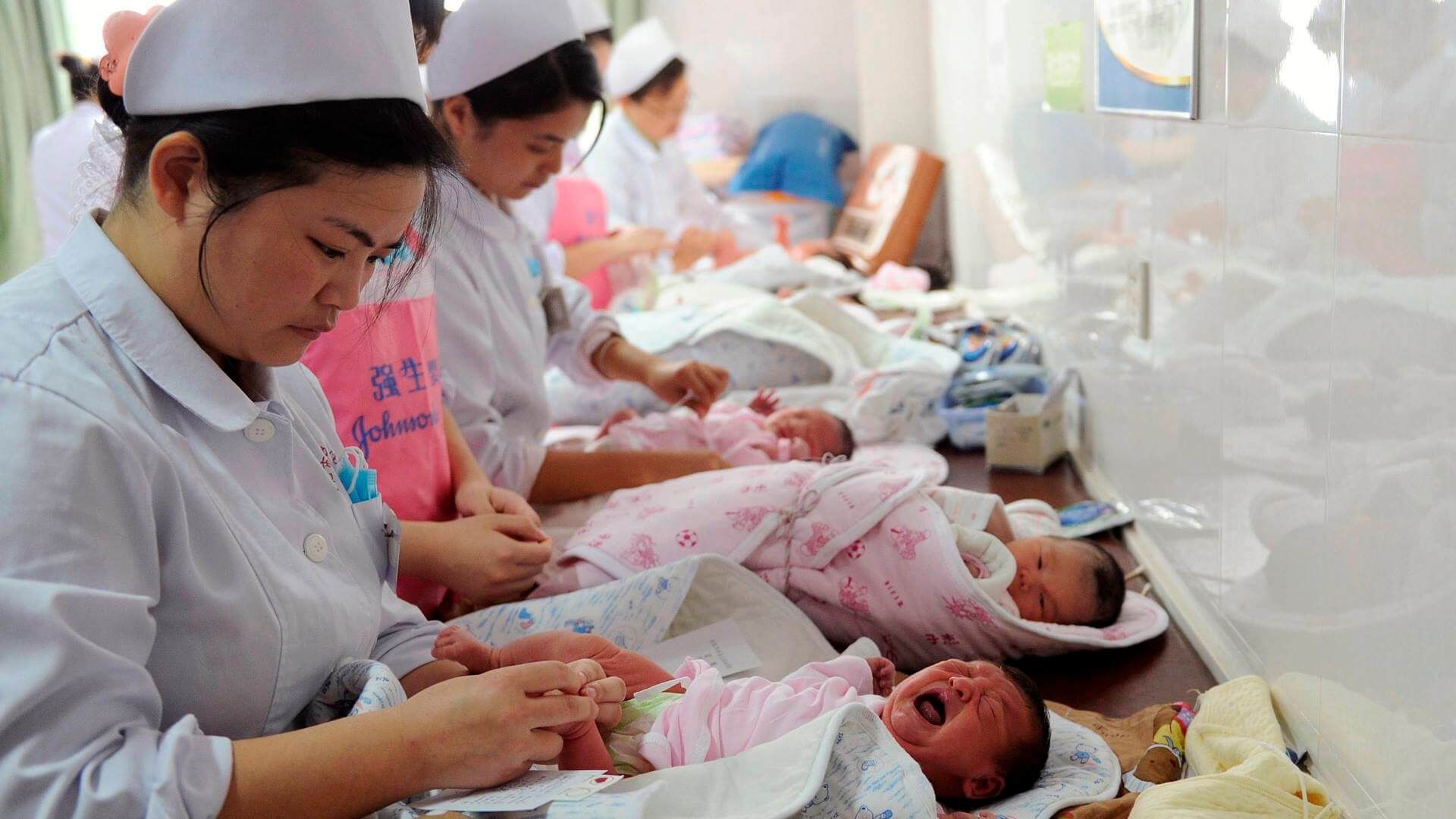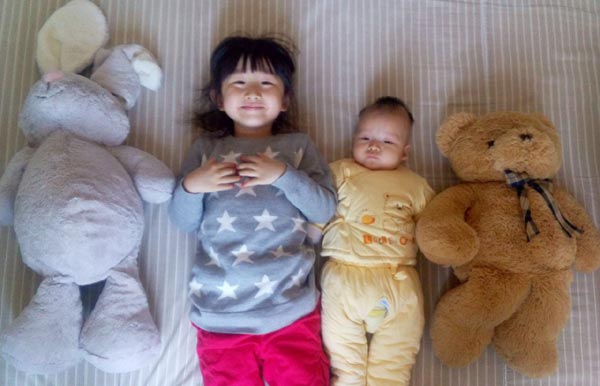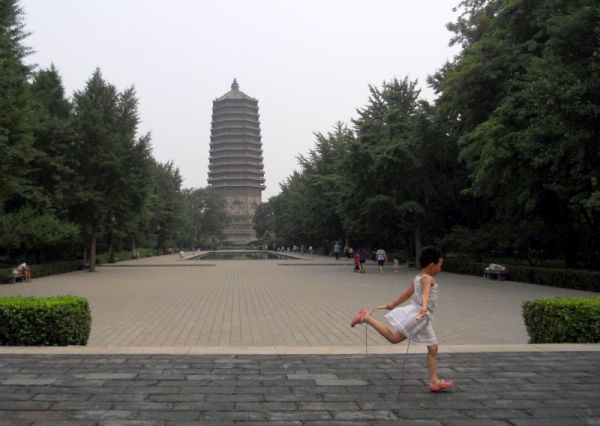
A New Chinese Baby Boom? Not any time soon
In the last 37 years, two topics were bound to come up in any discussion about China: its huge population and the consequent one-child policy created to limit it. Not anymore. At the end of October 2015, the official Chinese news agency Xinhua announced that from that moment all Chinese couples would be allowed to have two children, putting an end to the controversial one-child policy that in the past has led to forced abortions and infanticides across the country.
The announcement has been a long time coming. Demographers have long warned that, because of the one child’s policy, China was heading towards a demographic crisis characterised by an ageing population, shrinking labour force and gender imbalance. China’s fertility rate, estimated by the World Bank to be 1.7 births per woman in 2013, is below the replacement rate of 2.1, while one Chinese out of ten is now over the age of sixty-five, a number likely to double by mid-century. Those figures would be extremely worrisome for any country, but they are even more so for China, which, despite its communist badge, does not provide any safety net for the elderly.
Although the two-child policy is considered a major move, many experts think it is however “too little, too late”, as extremely low fertility rates and the excessive ageing of the population are not reversible in the near future.
The new policy has to overcome many obstacles to succeed, one of the main issues being the way it is currently implemented. While the policy itself was passed by a national body – the National People’s Congress’ Standing Committee – its implementation has been left entirely to the provinces. Without clear guidelines from the central government, only twelve provinces took some hesitant steps to boost birthrate, mainly by changing maternal and marital leave regulations. For example, the once encouraged “late marriage” (after the age of 25 for women and after 27 for men) will no longer be rewarded with extra holiday entitlements, while in some provinces marriage and maternity leaves have been increased, in order to encourage people to marry and have children earlier.
However, these measures are scattered and far from being enough. What is missing are targets for birth quotas that each province should be aiming for, as there were with the one-child policy. The problem is that data necessary to provide these quotas are not available, as there is currently no real scientific understanding of the exact degree to which the population is decreasing and thus no precise indications as to how many additional births are needed. The lack of accurate population statistic is partly due to the so-called “black children” phenomenon. Back in the darkest days of the one-child policy implementation, many families that were unable to pay the fines and unwilling to resort to abortion chose to have children in secret. These children remain undocumented and thus are not reflected in current population statistics. To complicate matters even further, China has a “floating population” of nearly 170 million migrant workers from rural to urban areas that have no local household registration status and thus are not included in the available data. As a result, defining quotas without an accurate picture of the demographic conditions will prove tricky.

Implementation is only a small part of the problem though. Even if the government managed to launch an effective and coherent program to increase birth rate, its success would not be guaranteed. In almost every country in the world economic development has led to fewer babies. As incomes increase, so do parents’ expectations for their children. Families often prefer to focus their efforts and resources on one child, in order to ensure he or she gets the best opportunities to succeed. That is all the more true with regards to China. As good education and healthcare are increasingly pricey in the middle kingdom, families worry about the financial toll of having babies. Besides, due to the fierce competition in Chinese society, families want their child not only to get a good education, but also to gain an edge in the global job market. Hence most parents spend nearly 15% of their annual income on additional classes for their child, including weekly English lessons.
In 2013, when the government last relaxed the one-child policy by allowing more categories of people to have a second child, the response of the eligible couples was tepid at best. Two million couples were expected to try for a second child under the new rules within the first year. By the end of 2014 fewer than 1.1m had applied.
Given the absence of defined government guidelines and the little enthusiasm shown by parents so far, the successful outcome of the two child-policy looks far from certain. What seems reasonably sure is that a new Chinese baby boom isn’t bound to happen any time soon.

baby boom, china, Chinese, demography, featured, natalità, Natalità1, one-child policy, population, xinhua